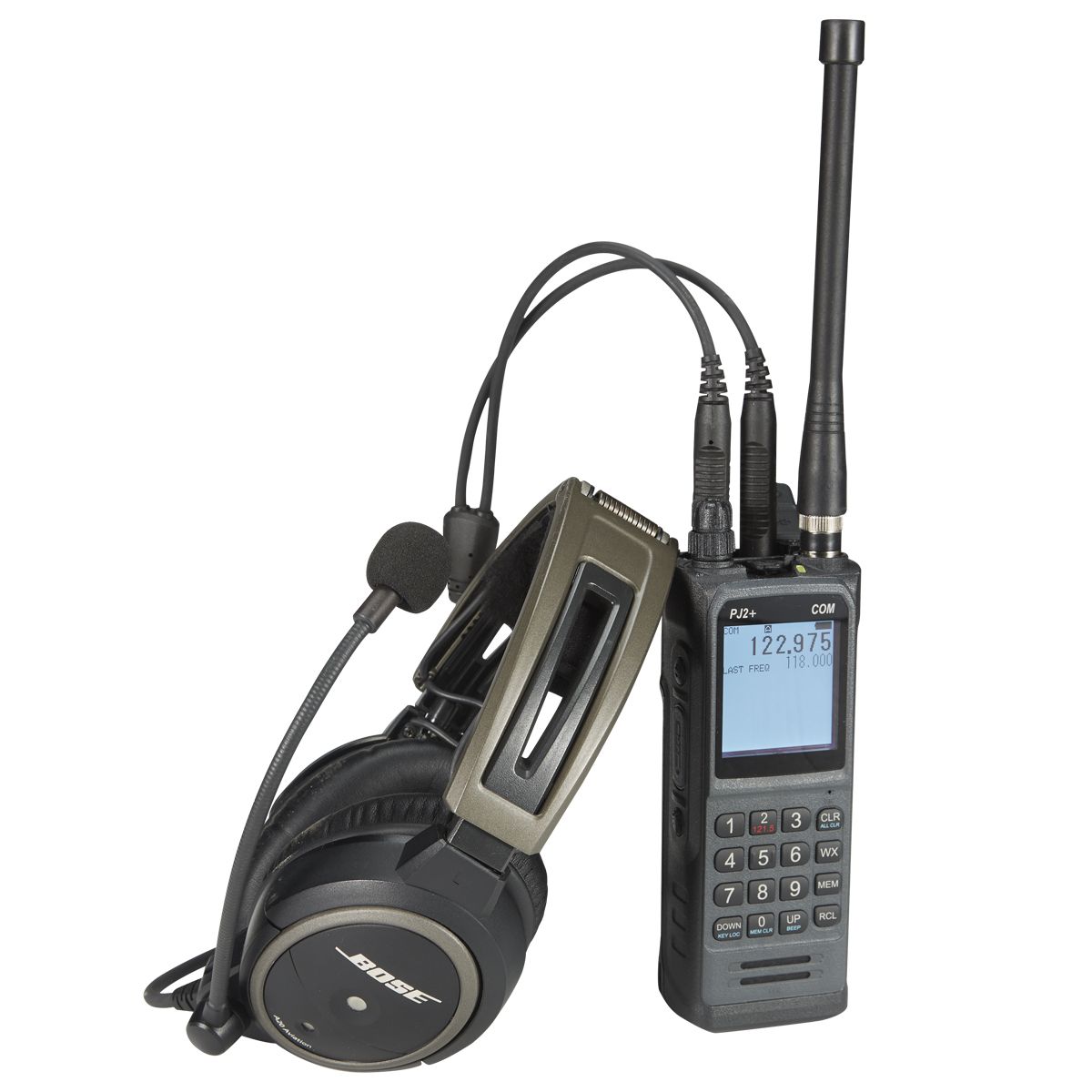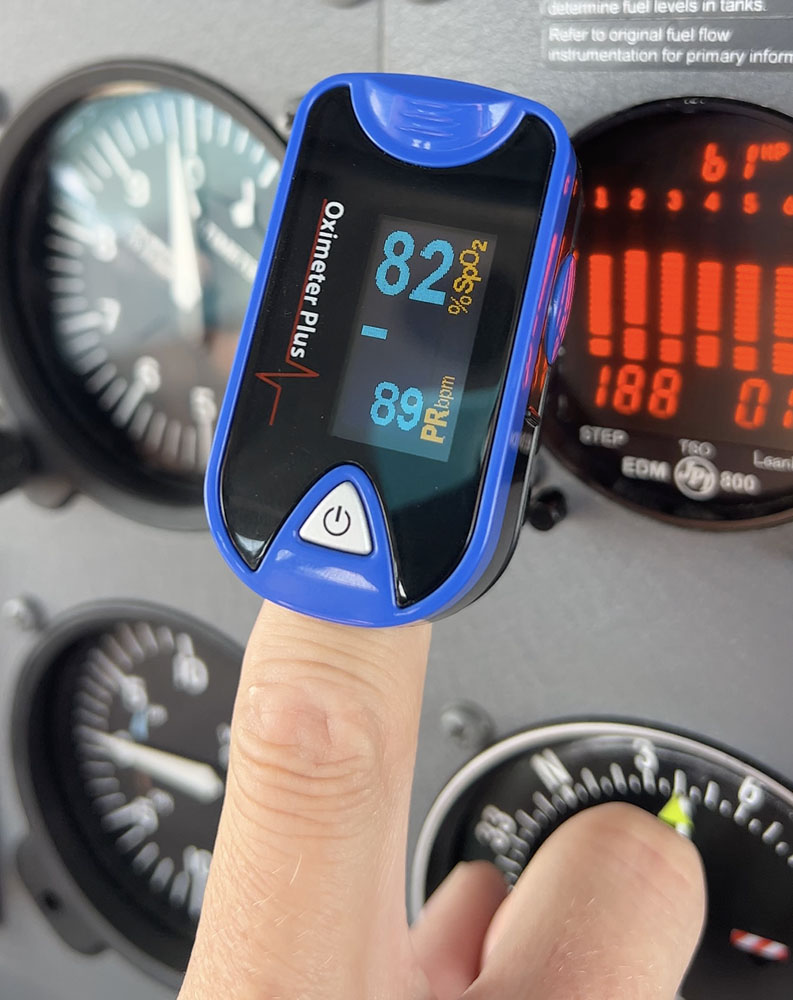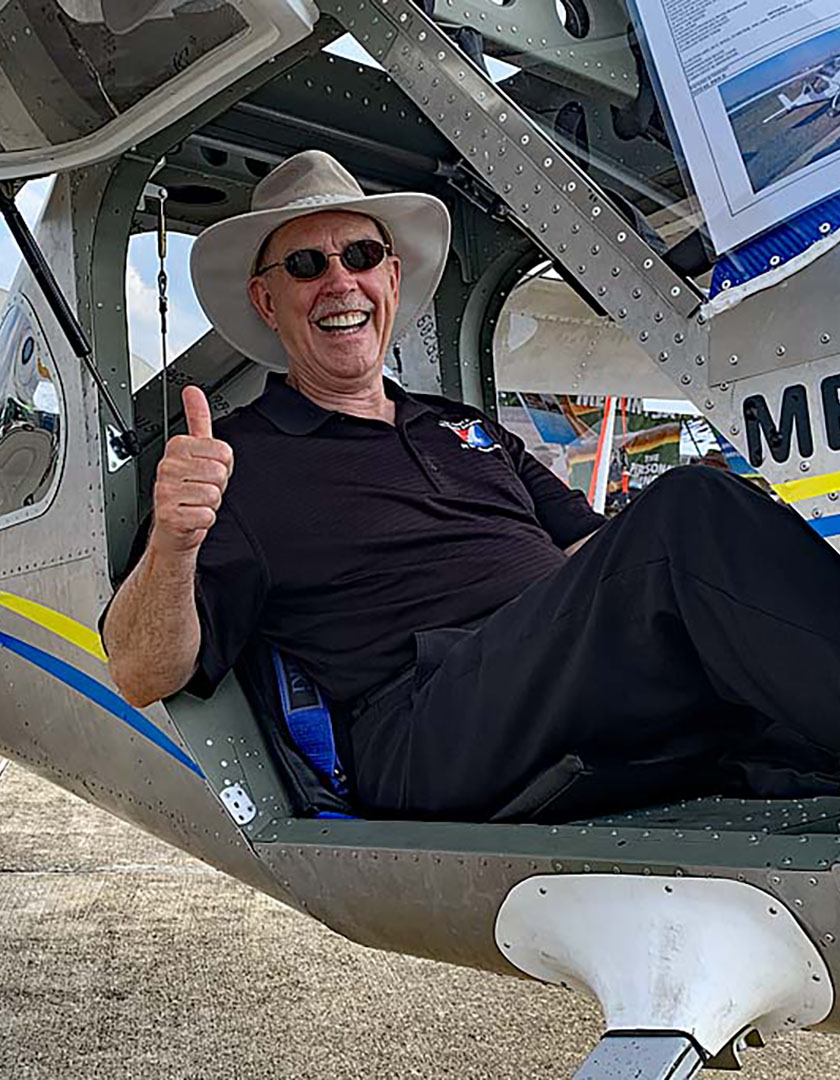Protecting hearing is essential for aviators. The days of using a hand mic and a speaker while yelling over engine noise are gone (thank goodness), as headsets have made cockpit communications easy. Early headsets didn’t cancel much noise and provided little in the realm of hearing protection. No more. The best thing to happen to aviation headsets is active noise reduction, better known as ANR. This magic technology uses microphones and speakers to further reduce sound.
As with everything, there are pros and cons to ANR headsets. The biggest hurdle for ANR is power, because without power there is no electronic noise canceling. Headset manufacturers normally provide power through batteries, typically either 2 AA batteries or a 9-volt battery. Batteries will eventually run out and need to be replaced—frequent fliers might change batteries two or three times a month. It is this problem that led to panel-powered headsets.
History of panel-powered headsets
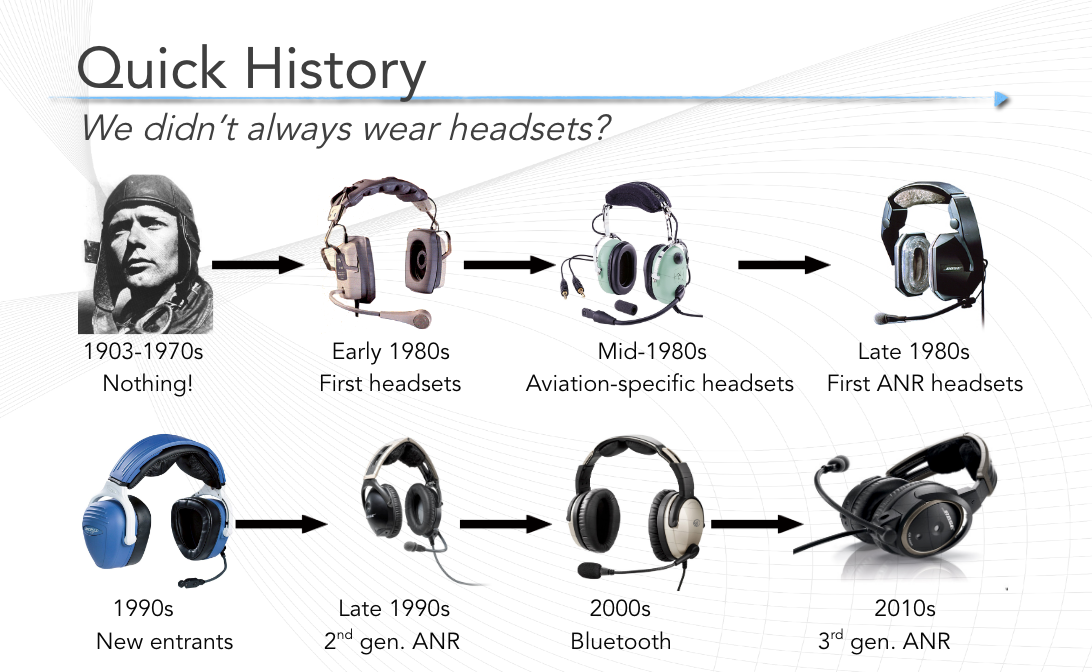 Early panel-powered headsets got their power from a 12-volt cigarette lighter plug. Several models from Telex had this capability. They still had the standard twin PJ plugs, which connected to a rather large battery box which inturn had a DC plug on the side for the 12-volt adapter. This led to a bird’s nest of wires in the cockpit, especially if both you and your co-pilot were trying to power using the same cigarette lighter port.
Early panel-powered headsets got their power from a 12-volt cigarette lighter plug. Several models from Telex had this capability. They still had the standard twin PJ plugs, which connected to a rather large battery box which inturn had a DC plug on the side for the 12-volt adapter. This led to a bird’s nest of wires in the cockpit, especially if both you and your co-pilot were trying to power using the same cigarette lighter port.
Along came a new plug: LEMO. The LEMO plug is a 6-pin plug that provides everything twin plugs have but adds power to the equation. Through this single plug, pilots get stereo sound (left and right channels) as well as microphone, power, and ground. Aircraft owners can have an avionics shop install the LEMO jack into the panel (it takes about an hour) and then won’t have to worry about changing batteries in their headset.
Manufacturers of these ANR headsets made their control boxes as small as possible. Since you don’t need batteries (because the panel is supplying power), the control box can be even smaller. This required the manufacturers to open different molds for LEMO headsets vs. their normal twin PJ plug headsets. Molds cost money, but manufacturers figured it was worth it to keep the ANR box small.
This worked well, until pilots wanted to use their LEMO headset outside of a LEMO environment. If you were flying in a plane that didn’t have a LEMO plug, you would need an adapter that could not only go from LEMO to PJ plugs, but also provide power for your ANR. If you were riding in the back and wanted to use your LEMO headset for music or movies, you were out of luck without somehow providing power to the headset.
This a situation where “survival of the fittest” worked. Pilots wanted a simple way to use their LEMO headset outside of a LEMO-equipped cockpit and manufacturers would prefer not to spend extra money on special molds for LEMO headsets. This win/win situation has led to most modern LEMO plug headsets still having the same AA battery back as their PJ plug cousins. While batteries are not required while using the LEMO, you still have the option of using AA batteries when outside of your LEMO-equipped cockpit.
Adapting a LEMO plug headset to a standard PJ jack intercom
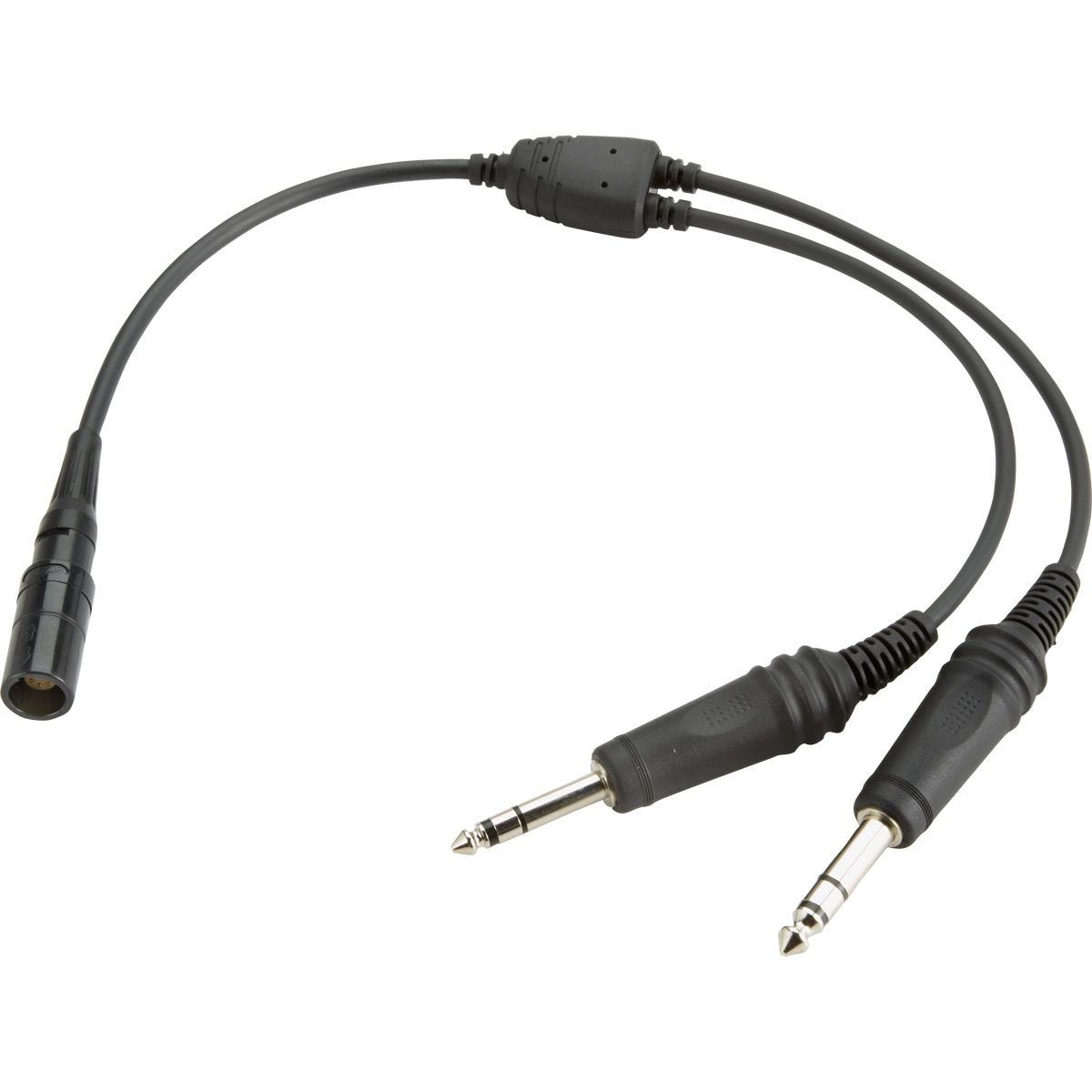 The key to finding which adapter you need is power: ask yourself where your ANR headset will get its power from. If your LEMO plug ANR headset is equipped with a battery box, this will satisfy the power needs of your headsets and a simple LEMO-to-PJ plug adapter will work. These adapters are normally $40-$80.
The key to finding which adapter you need is power: ask yourself where your ANR headset will get its power from. If your LEMO plug ANR headset is equipped with a battery box, this will satisfy the power needs of your headsets and a simple LEMO-to-PJ plug adapter will work. These adapters are normally $40-$80.
Some manufacturers suggest only purchasing their LEMO adapters. While the OEM adapters are normally better quality, they are a bit more expensive than the equivalent aftermarket part. Some of the LEMO-equipped headsets that fall into this category are the Bose A20, Lightspeed Delta Zulu, Lightspeed Tango, David Clark One-X, and David Clark Pro-X.
If the LEMO plug ANR headset doesn’t have a battery box, you will need a powered adapter. These adapters function similarly to the simple adapters, but they add an inline battery box to the equation. These normally use 9V batteries to provide the power and are not as efficient as headsets with the integrated battery box, so make sure you have extra batteries in your flight bag. Note that powered adapters are normally two to three times the price of the simple adapters. Some of the LEMO-equipped headsets that fall into this category are the Bose X and Lightspeed Zulu 1-3.



